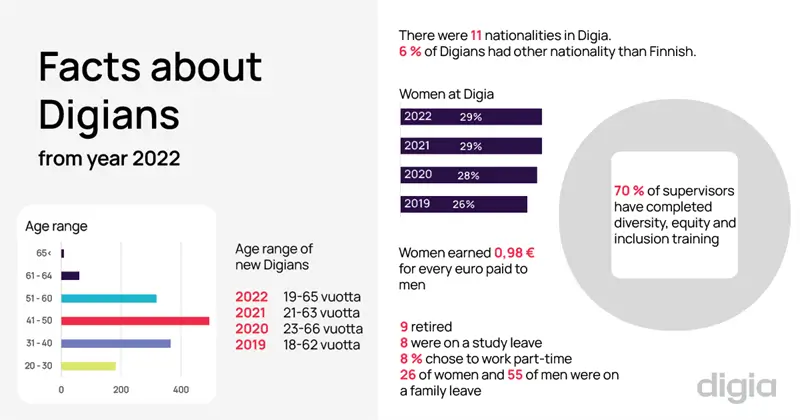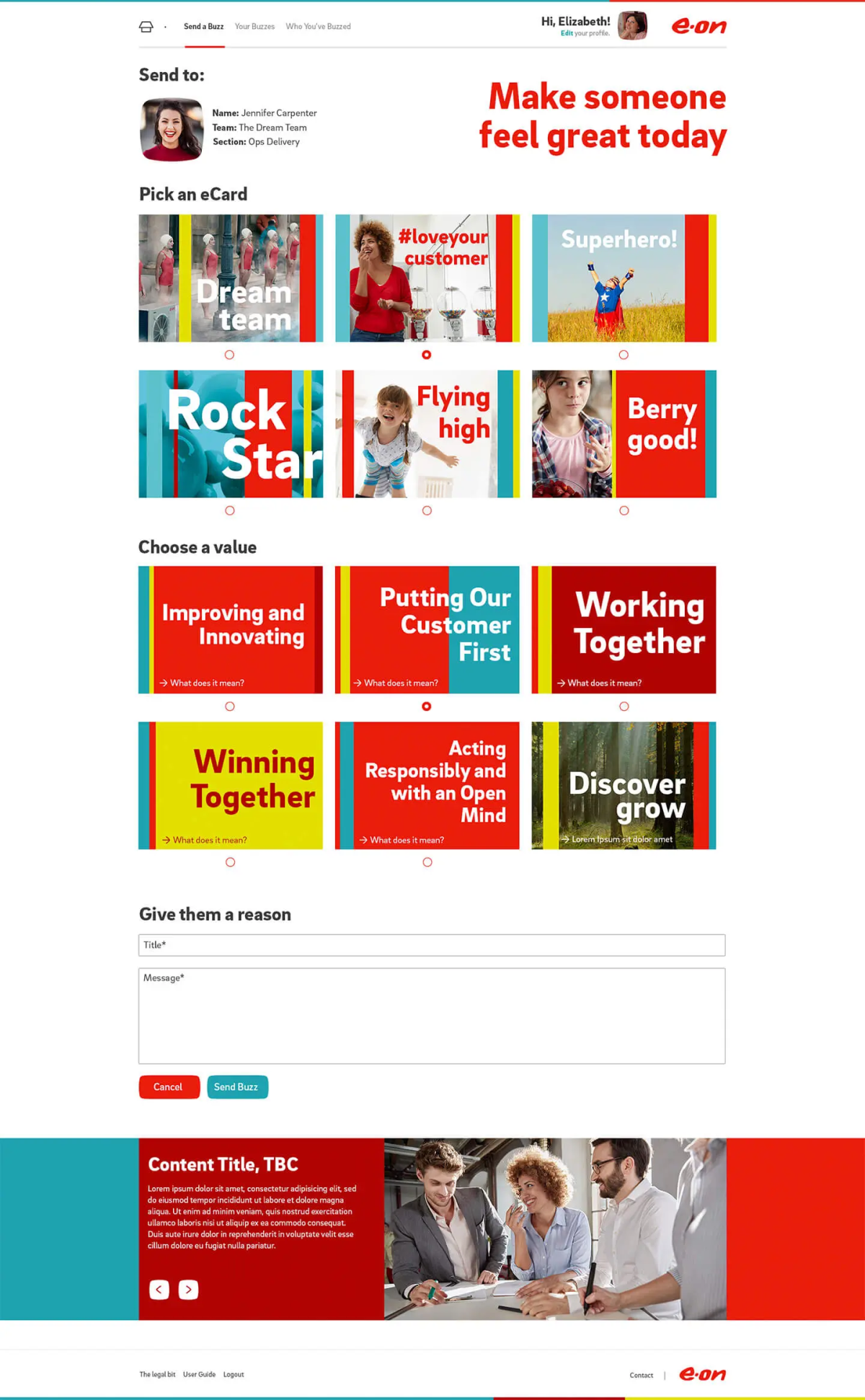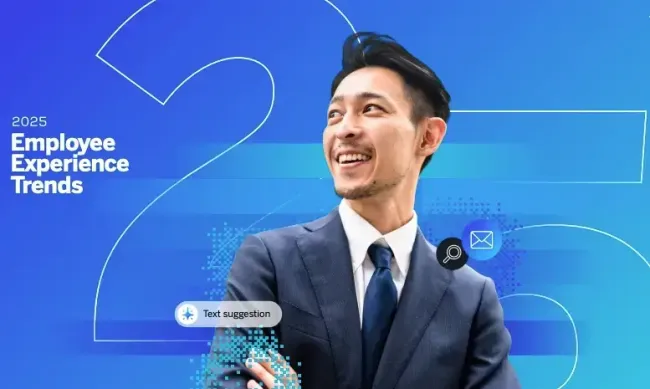All around the world, trust in the workplace is becoming more important as organizations navigate increasingly volatile and challenging markets and environments. When employees are distrustful, they’re less likely to follow directions, share information, communicate freely, go the extra mile, or even turn up for work – unhelpful, to say the least, in the current economic climate. What can you do about it?
A definition of employee trust
Employee trust is the confidence that employees have in their organization, leadership, and fellow workers, that comes from being treated fairly, consistently, and with their best interests and wellbeing at heart.
Where there is employee trust, employee engagement, collaboration and loyalty tend to follow, creating a sturdy foundation for good workplace relationships, employee ownership of their roles, and success for the organization long term.
The importance of employee trust
Employee trust fosters collaboration, improves performance, and helps to build employee loyalty.
Trust is the glue that holds people within organizations together, but it is often harder to earn and maintain during times of disruption and uncertainty.
– Dr. Benjamin Granger, Chief Workplace Psychologist, Qualtrics
When people trust their organization, they’re more likely to:
- Be proactive
- Take on board messages
- Change their behaviors
- Be forgiving of errors and past mistakes
- Advocate for their employer
Where people don’t trust their employer, research by PWC found that lower trust among employees impacts upon an organization’s day-to-day operations:
Productivity and operational inefficiencies
42% of executives surveyed said that productivity was most at risk when employees don’t trust their employer, and this of course leads to operational inefficiencies. 40% of executives worry that distrustful employees work less efficiently than those who trust.
Quality
41% of the executives were concerned that lack of trust causes a drop in quality of the products and services an organization offers.
Profitability
38% are concerned that a lack of trust causes a drop in revenue and profit.
Leaders are less concerned about employees leaving because of trust issues (22% of employees said they had left a company because of this). What they are more concerned about is that distrustful employees stay, but work half-heartedly, adversely affecting the outcomes mentioned above.
Free eBook: 2025 Global Employee Experience Trends
Employee trust and employee engagement
When you consider that the definition of employee engagement is…
How much an employee is committed to helping their organisation achieve its goals. It’s demonstrated by how employees think, feel, and act, as well as the emotional connection employees feel towards their organization, their work, and their team.
…you can understand how much employee engagement has in common with employee trust, and how the two go hand in hand. Both trust and engagement make employees more inclined to work harder, solve problems, grow and develop faster, get along with people better, and stay at a company longer. All these factors have a measurable business impact, and ultimately contribute to organizational success.
The challenges to employee trust
It took a global pandemic to shine a spotlight on employee trust issues. Suddenly, most employees were working at home, and employers had no choice but to trust them to get the work done. And employees rose magnificently to the challenge, balancing home life and work life, proving to leadership that unsupervised home workers could be trusted to get the job done.
Yet, post pandemic, the gloss seems to be coming off that trust, with several large companies announcing return-to-office mandates, signalling that perhaps the era of remote- and hybrid-working arrangements is ending for many organizations.
Reasons cited include:
- ‘The office is the best place to work’
- ‘The sales floor’s “unique environment” and “high-energy” culture [is] where sales members are most likely to perform at the highest level’
- ‘The benefits of working together in person are “substantial and irreplaceable”.’
Social media trends such as ‘bare minimum Mondays’ and ‘quiet vacationing’ haven’t helped the remote working cause in the eyes of leadership, despite there being no evidence to suggest that remote work is less productive. In fact, the challenges to trust with both onsite and remote workers seem to be pretty much the same.
Strategies for building trust (and maintaining it)
So, there are challenges to building employee trust, as we’ll see, but once you are aware of them you can take action to mitigate them as part of your strategy:
Leadership in trust building
Lack of transparency, micromanagement, inconsistent decision-making, and unethical behavior are all failures of leadership that create employee distrust. We would also add lack of benevolence – leaders putting profit before the welfare of their people.
So, forget ‘trust must be earned’ and simply trust employees from day one; chances are, they’ll trust back. Be a role model – a dependable, honest manager who always has the team’s backs. Care about their mental and physical wellbeing and create a culture of psychological safety where employees can be themselves, innovate and make mistakes with no repercussions.
High trust companies case study: Patagonia’s leadership practices
Global sustainable outdoor apparel retailer Patagonia is renowned for fostering trust through its leadership practices.
The company’s leadership emphasizes:
Transparency
Communicating environmental and social goals so that employees understand Patagonia’s mission and their role in it, as well as sharing updates on challenges and successes.
Empowerment
Encouraging employees to take the initiative and contribute to sustainability efforts, such as environmental activism, and offering flexible schedules and opportunities for skills development.
Ethical practices
Patagonia stands for good. The behaviors and actions of its leadership, the decisions they make, and things they invest in align with their values and mission. That has a huge impact on how much employees trust and feel positive about the organisation and leadership.
Patagonia’s leadership model ethical behavior in line with the company’s values, while its commitment to sustainability and fair labor practices reinforces employee trust in leadership.
Because of these leadership strategies, Patagonia enjoys:
- High employee engagement
- A fantastic workplace culture
- A reputation as one of the best companies to work for
Diversity, equity and inclusion
Lasting DEI efforts need to be built on genuine trusting workplace relationships and a sense of belonging, rather than box-ticking policies, compliance and metrics. Where organizations focus only on the latter, or scale back existing DEI initiatives, minority employees may feel deprioritized, and disengage, become sceptical, maybe even fearing to speak up.
Workplace DEI programs make more impact when employees trust their employer and feel included and valued. Transparency is essential, clearly communicating DEI goals, progress and challenges. The program must be consistent, following through with commitments. And the organization as a whole must be a safe space for every employee to take part in open, judgement-free conversations about diversity and inclusion.
High trust companies case study: Digia’s DEI practices
Finnish software company Digia wants to ‘offer everyone a safe and healthy working environment where everyone is valued as themselves’. They foster a culture of mutual respect, recruit and include non-Finnish speakers in everyday life and resourcing, and ensure a steady distribution of genders and encouragement of women into the IT sector.
Digia offers DEI training in inclusive leadership and working in diverse teams for the management team, business leaders, supervisors and all interested Digians.
Digia also employs experts of all ages: from students studying in the IT field to people approaching retirement age.
Digia’s DEI initiative speaks for itself:

Image source: https://digia.com/en/news/digia-systematically-develops-an-equal-and-diverse-work-community-4494345
Recognition
Output is really the only accurate measure of productivity, and where organizations base their performance reviews, recognition and promotions on output they’ll soon see who their best workers are – remote or in house. When workers are not recognised for their output efforts, they’ll lose trust.
When employees see their efforts and output acknowledged – through praise, rewards, or even a simple thank-you—they feel respected and supported, which strengthens their confidence in leadership and the organization. Consistent and fair recognition also fosters transparency and equity, further reinforcing trust and encouraging greater commitment to workplace goals.
High trust companies case study: E.ON’s Buzz employee recognition scheme
‘Buzz’ is energy giant E.ON’s online recognition platform that delivers thank you messages from colleagues and customers to employees. Teams and individuals can be buzzed, and the system proved to be a great motivational and recognition tool – essential for E.ON’s managers to monitor employee performance.

Image source: https://www.irinacsapo.co.uk/portfolio/e-on
With Buzz:
- Somebody gets buzzed every two minutes
- Key people engagement stats improved from 8% to 18% in 12 months
- 76% of employees have received recognition to date
- 53% of employees have sent recognition
- E.ON achieved this with a 40% reduction in budget.
Communication
Lack of clarity about the work, team, deadlines, or resources leave employees confused, disengaged and unwilling to trust management.
It’s essential to encourage open communication as the key to establishing trust. Being clear about where, when and how employees can work, and by giving individual employees autonomy to choose how they manage their time and tasks within these guidelines is the hallmark of a trusting organization.
High trust companies case study: Microsoft’s communication
Tech giant Microsoft is renowned for fostering trust among its employees by prioritizing open and transparent communication. The company embraces a culture of empathy, inclusivity, and collaboration, which significantly strengthens trust.

Image source: https://www.communication-director.com/issues/telling-stories-about-trust/microsoft-built-trust/
Microsoft does this by:
- Holding regular ‘town halls’ that foster a sense of inclusion and transparency: Leaders openly discuss company goals, challenges, and progress and employees are encouraged to ask questions.
- Using two-way feedback channels such as Yammer and Microsoft Teams to create conversation between employees and management – sharing ideas, providing feedback, and voicing concerns
- Having a listening leadership which understands the employees’ perspective, creating a culture of trust where everyone feels heard and valued
- Communicating well during change, providing clear guidelines and regular updates to ensure employees felt informed and supported during times of transition (such as the shift to hybrid)
Through superb communication strategies, Microsoft has:
- Increased employee engagement
- Strong, empowered collaboration
- Top employer recognition
Feedback
Feedback is only useful when it is followed up with action to make improvements. When management fails to listen to employees, employees stop trusting management.
The most important thing for a leader to do is listen, and listen actively, ideally with a state-of-the-art employee listening platform. Accept feedback as valuable insight to drive better results, and use your professional expertise and knowledge to act on what you have heard. And feedback works both ways when it comes to trust-building. Not only must a leader give constructive feedback to team members with regular check-ins, they must also be able to proactively ask for feedback about themselves – and listen to it.
High trust companies case study: Voya Financial’s trust building through feedback
Financial services firm Voya implemented a transformative initiative that emphasized using feedback to foster employee trust.
The initiative encouraged employees to share their perspectives openly, creating a culture of collaboration and transparency by:
- Establishing regular feedback sessions where employees could give their opinions on organizational changes and strategies. Leaders would actively listen and act on their feedback, demonstrating a commitment to the employee voice.
- Integrating insights gathered from employees into decision-making so that employees’ say influenced the organization’s direction. This reassured employees that their input mattered, thereby creating trust.
- Leadership training in trust-building behaviors such as active listening and constructive responses to feedback. This helped to create a supportive environment where employees feel comfortable sharing their thoughts and ideas.
Voya’s initiative led to:
- Better collaboration: 84% of employees reported increased collaboration across teams.
- Higher engagement: 76% expressed a stronger desire to work within the business unit
- Customer impact: 80% noted that the trust-building initiative helped them serve customers better.
How to measure trust
Trust is qualitative data. It needs to be measured through an employee experience platform such as XM for Employee Experience which gathers actionable insights using surveys and feedback tools. These tools assess key factors such as transparency, fairness, and leadership reliability, which are critical to building employee trust.
By analyzing this employee feedback, XM for Employee Experience helps organizations identify trust gaps so ythey can bring in strategies to improve workplace relationships, support employee ownership of their work, engagement – and that all-important trust.



